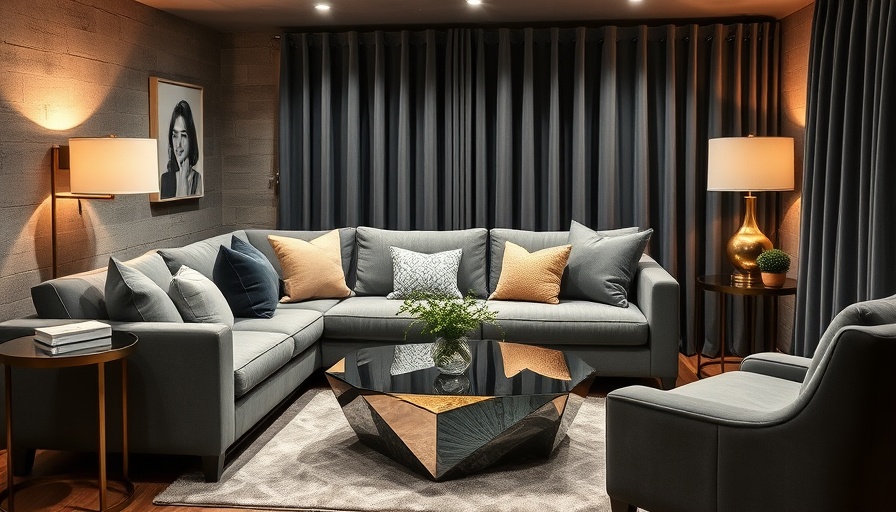
Prevent Basement Flooding: A Simple and Cost-Effective Trick
If you live in Vancouver, storing your outdoor furniture or tools in the basement can often lead to headaches, especially during the rainy seasons. Basement flooding can wreak havoc, damaging not only belongings but also the integrity of your home. Fortunately, plumbers are sharing an effective, low-cost solution to mitigate these risks—a trick that only costs $20.
Understanding the Problem
Basements are particularly vulnerable to flooding due to their location. Water from heavy rain or melted snow can seep in if drainage systems aren’t properly maintained. Many homeowners in Metro Vancouver face this struggle as they adapt to unpredictable seasonal changes. The traditional methods of flood prevention, such as complex drainage systems or expensive waterproofing, often fall outside the budget of average homeowners.
The $20 Solution and How It Works
This simple trick involves using a specially designed sump pump that can be found at local hardware stores or online. By setting up a sump pump in your basement, you create a proactive measure against flooding. These pumps are designed to remove water that accumulates in a sump basin, preventing it from spilling into the main living area.
The setup is straightforward and doesn’t require extensive plumbing skills. Simply place the pump in a corner of your basement, connect it to a power source, and ensure the discharge pipe leads outside your home, away from your foundation.
Expert Insights on DIY Flood Prevention
Experts recommend regular maintenance checks on your sump pump to ensure it’s functioning correctly. This means testing it at least twice a year—preferably before the rainy season strikes. Additionally, clear any debris from the discharge pipe to facilitate unhindered water flow. By investing just $20 in equipment and a bit of your time, you can save thousands in potential water damage repairs.
Local Implications: Why It Matters to Vancouver Residents
In densely populated areas like Metro Vancouver, space constraints make it essential to protect buildings from water damage. Many residents utilize their basements for storage or other purposes, making it critical to safeguard these areas. Water damage remains one of the leading causes of home insurance claims, and preventative measures can significantly lower these risks.
Transform Your Basement into an Indoor Oasis
Beyond flood prevention, transforming your basement into a usable space can significantly enhance your home’s value. Many homeowners are turning to innovative design ideas to create cozy retreats or functional workspaces while ensuring their areas remain secure from flooding. Simple projects, such as installing better lighting or incorporating decorative elements, can make a basement inviting while offering utility.
Conclusion: Take Action Before It’s Too Late
The rainy season can be a daunting time for many homeowners, especially those with basements susceptible to flooding. By implementing this $20 sump pump trick, you not only protect your belongings but also transform your basement into a valuable space. Don’t wait for the next downpour—consider investing in this simple, effective solution today!
 Add Row
Add Row  Add
Add 




Write A Comment